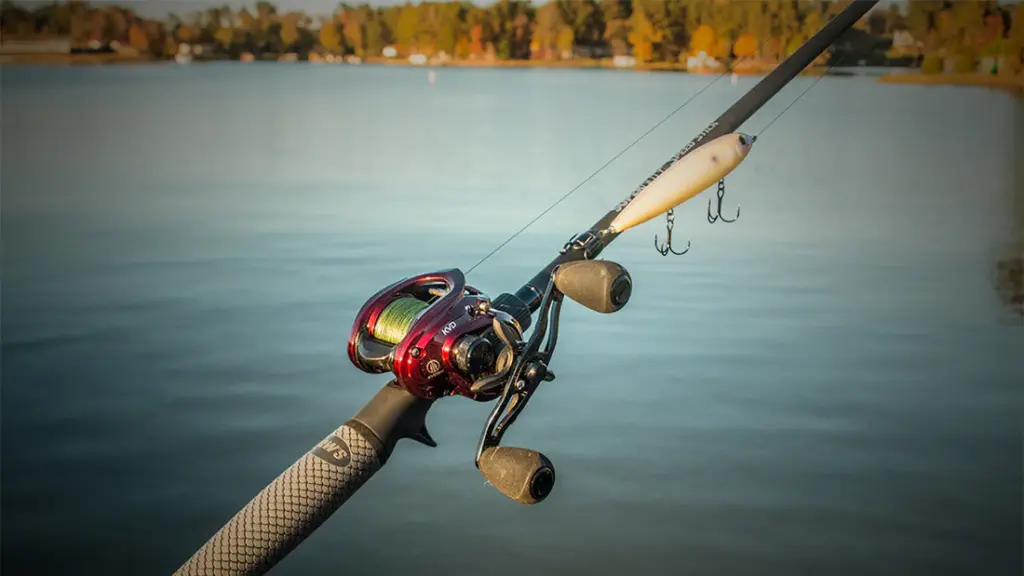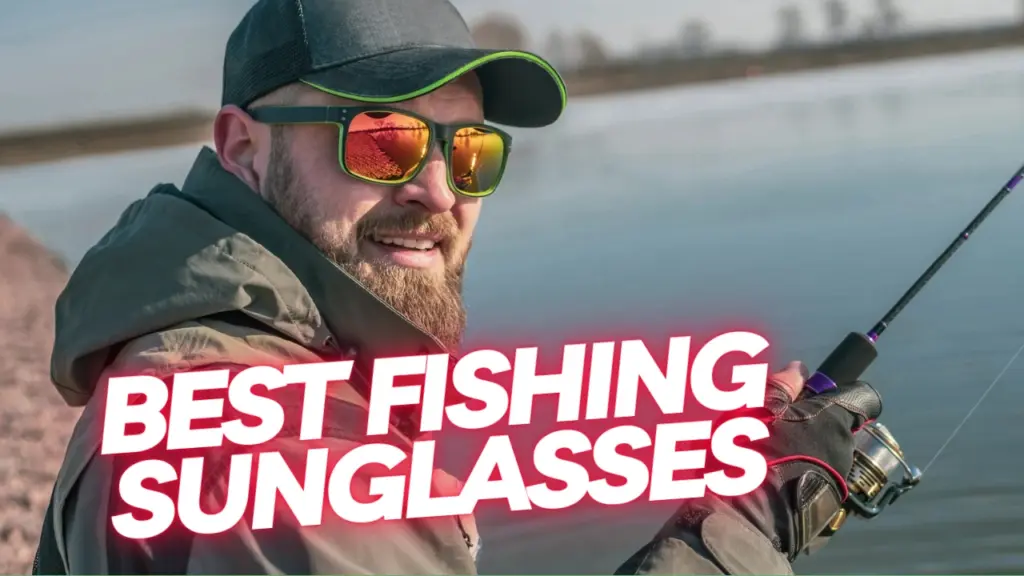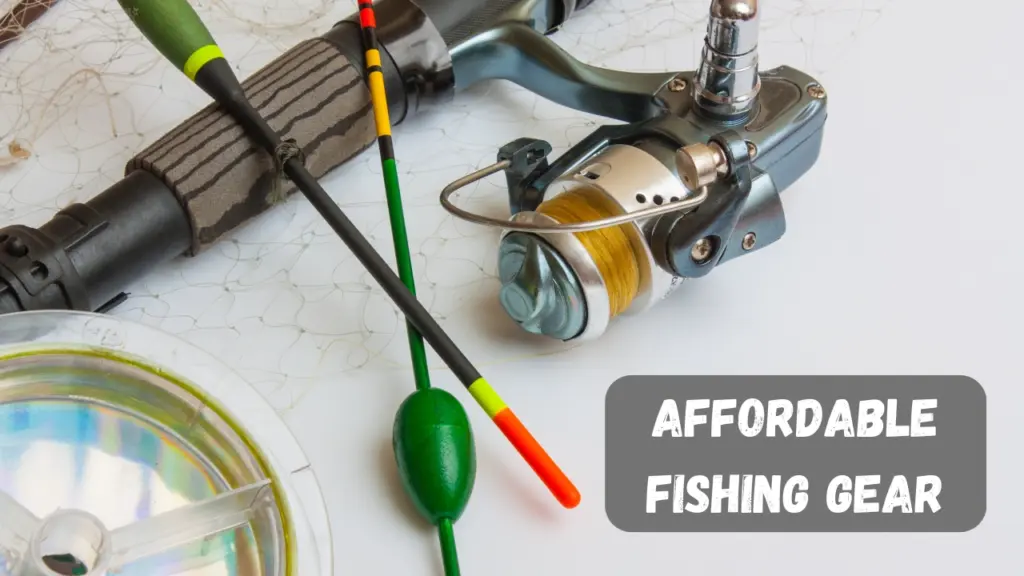Fishing has always been more than just a way to put food on the table—it’s a tradition, a sport, and for many, a peaceful escape from the rush of everyday life. At the center of this timeless activity is one essential piece of equipment: the fishing pole. Also called a fishing rod, the pole is more than just a stick with a line; it’s a carefully designed tool that affects accuracy, power, comfort, and success out on the water.
Whether you’re a beginner planning your first fishing trip or an experienced angler upgrading your gear, understanding fishing poles can make a world of difference in your performance and overall enjoyment. This in-depth guide will cover everything you need to know: the history of fishing poles, their parts, types, materials, how to choose the right one, and tips for care and maintenance.
The History of Fishing Poles
The origins of fishing poles go back thousands of years. Ancient cultures such as the Egyptians and Chinese used primitive rods made from bamboo, reeds, or wood, tied with simple lines made from plant fibers. Early poles were short and stiff, designed for catching fish close to the shore.
As time passed, craftsmanship improved. In the 15th and 16th centuries, Europeans began experimenting with longer rods and more durable materials. By the 19th century, fishing poles were being mass-produced with bamboo, and later fiberglass, making them more accessible to everyday anglers. Today, with advancements in materials like carbon fiber and graphite, fishing poles are lighter, stronger, and more versatile than ever before.
Anatomy of a Fishing Pole
To truly understand how a fishing pole works, let’s break down its main components:
- Rod Blank: The long, flexible shaft that makes up the main body of the fishing pole. It determines the pole’s strength, flexibility, and overall performance.
- Handle/Grip: The part you hold, usually made from cork or EVA foam for comfort and control.
- Reel Seat: A mechanism where the reel is attached to the rod, keeping it secure.
- Guides/Eyelets: Small rings along the rod that keep the fishing line in place, ensuring smooth casting and reeling.
- Tip: The very end of the rod. It’s the most sensitive part, where you’ll feel bites and movement from the fish.
Every piece of the fishing pole plays a role in creating balance and control, helping anglers cast with precision and reel with confidence.
READ MORE: Guide to Fishing Rods & Reels
Types of Fishing Poles
Fishing poles aren’t one-size-fits-all. Depending on where and how you fish, different rods will suit different styles. Here are the most common types:
1. Spinning Rods
These are the most popular among beginners and casual anglers. Spinning rods are versatile, easy to use, and perfect for catching a variety of fish. The reel sits underneath the rod, making casting smooth and beginner-friendly.
2. Casting Rods
Casting rods, also known as baitcasting rods, are designed for precision. They’re ideal for targeting specific spots and handling heavier lures. However, they require more skill to use properly.
3. Fly Rods
Used in fly fishing, these rods are lightweight and flexible, designed to cast artificial flies onto the water’s surface. Fly rods are perfect for trout, salmon, and freshwater fishing.
4. Telescopic Rods
These rods collapse into themselves, making them easy to transport. They’re a favorite for travelers or those with limited storage space.
5. Ice Fishing Rods
Shorter in length, these rods are specifically designed for fishing through holes in frozen lakes.
6. Surf Rods
Built for long-distance casting, surf rods are long and powerful, perfect for saltwater fishing from beaches or rocky shores.
7. Ultra-Light Rods
These are designed for catching smaller fish like panfish or trout, offering more sensitivity but less strength.
Materials Used in Fishing Poles
The material of the fishing pole plays a big role in its strength, flexibility, and weight. Common materials include:
- Bamboo: Traditional and classic, offering a natural flex but heavier compared to modern materials.
- Fiberglass: Durable, affordable, and flexible. Ideal for beginners.
- Graphite/Carbon Fiber: Lightweight, sensitive, and powerful. These are preferred by experienced anglers for their performance.
Many modern rods combine materials to balance durability and sensitivity.
Choosing the Right Fishing Pole
Selecting a fishing pole depends on several factors. Here are key things to consider:
- Fishing Location
- For rivers and lakes: spinning rods or casting rods are great choices.
- For ocean fishing: surf rods or heavy-duty casting rods are better.
- For fly fishing streams: fly rods are essential.
- For rivers and lakes: spinning rods or casting rods are great choices.
- Target Fish Species
- Small fish: ultra-light rods.
- Medium fish: spinning rods.
- Large fish: casting or surf rods.
- Small fish: ultra-light rods.
- Rod Power
This refers to the rod’s strength and how much weight it can handle. Options range from ultra-light to heavy. - Rod Action
Action determines how much the rod bends under pressure.
- Fast action: bends near the tip (sensitive, good for quick hook sets).
- Medium action: bends in the middle (versatile).
- Slow action: bends throughout the rod (good for small fish).
- Fast action: bends near the tip (sensitive, good for quick hook sets).
- Length of the Rod
Longer rods cast farther, while shorter rods provide more control.
Caring for Your Fishing Pole
To make your fishing pole last longer and perform at its best, proper care is essential. Here are some maintenance tips:
- Clean After Every Use: Rinse with fresh water, especially after saltwater fishing, to prevent corrosion.
- Check Guides and Eyelets: Make sure they’re smooth and free of cracks. Damaged guides can cut your line.
- Store Properly: Keep rods upright in a rack or case to avoid warping.
- Transport Safely: Use rod sleeves or cases to protect them from damage.
Common Mistakes to Avoid
- Using the Wrong Rod: A heavy surf rod in a small stream won’t work well. Match your rod to the situation.
- Overloading the Rod: Exceeding the weight limit of your rod can cause it to snap.
- Improper Casting Technique: This can stress the rod and damage the guides.
- Neglecting Maintenance: Dirt, salt, and improper storage can shorten a rod’s lifespan.
Fishing Poles for Beginners
If you’re just starting out, here’s what to look for:
- Choose a spinning rod for versatility and ease of use.
- Pick medium power and medium action for a good balance between sensitivity and strength.
- Opt for fiberglass or composite rods since they’re durable and affordable.
Advanced Angler Tips
- Match your rod to your reel: A good balance reduces fatigue.
- Experiment with lengths: Try shorter rods for precision, longer rods for casting distance.
- Invest in quality: A high-quality graphite rod may be more expensive, but it offers better performance and lasts longer.
The Joy of Fishing with the Right Pole
A fishing pole is more than just a tool—it’s an extension of the angler’s skill, patience, and passion. The right rod can make every cast smoother, every bite more exciting, and every catch more rewarding.
Fishing poles have come a long way from the simple bamboo sticks of the past. Today’s rods are designed with precision and technology, tailored to every type of fishing imaginable. Whether you’re after small trout in a quiet stream or battling a massive marlin in the ocean, there’s a fishing pole built just for the job.
Final Thoughts
Fishing poles may look simple, but the science and craftsmanship behind them are remarkable. From the materials used to the action, power, and length, every detail influences how you fish and what you can catch.
For beginners, a versatile spinning rod is often the best starting point. For seasoned anglers, specialized rods can elevate your experience to a new level. Ultimately, the best fishing pole is the one that feels comfortable in your hands, suits your fishing style, and helps you enjoy every moment on the water.
So next time you gear up for a fishing adventure, remember: your pole isn’t just equipment—it’s your trusted companion in the timeless pursuit of the perfect catch.



